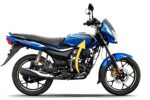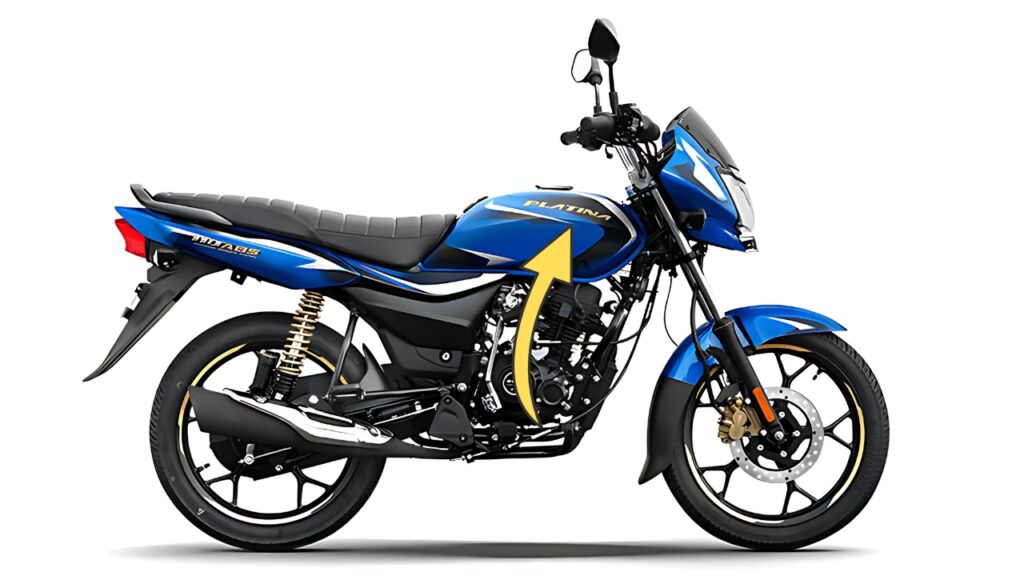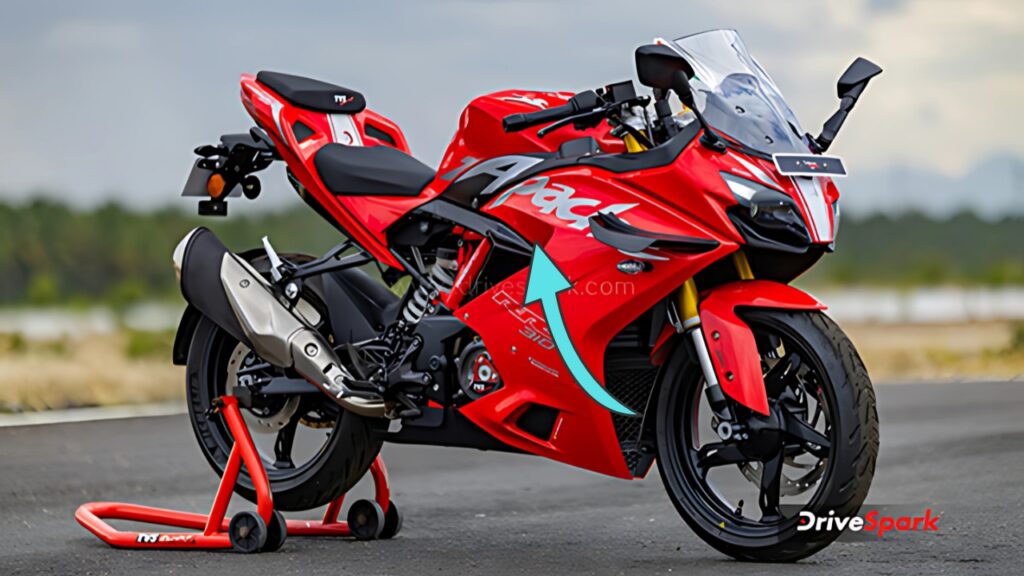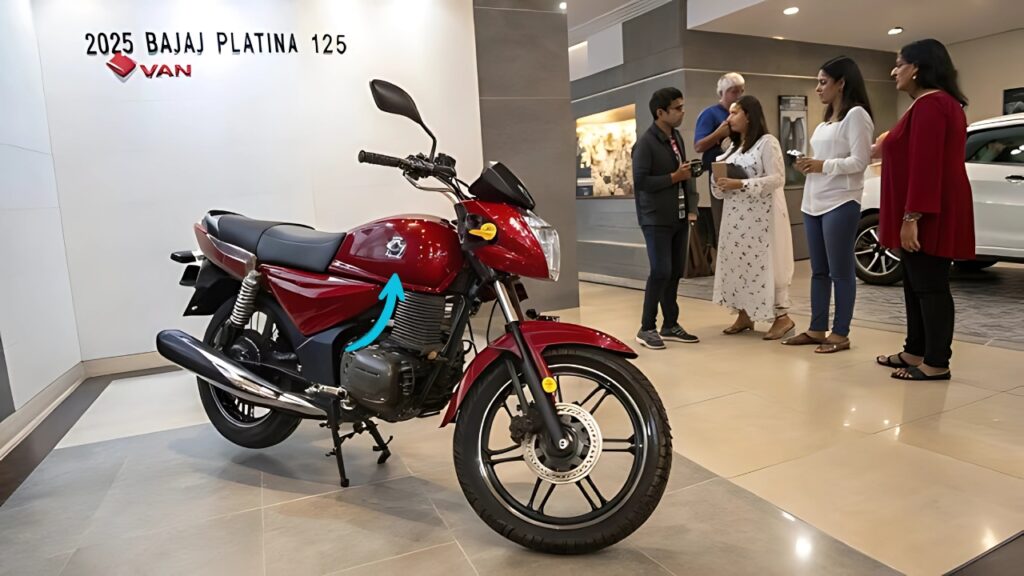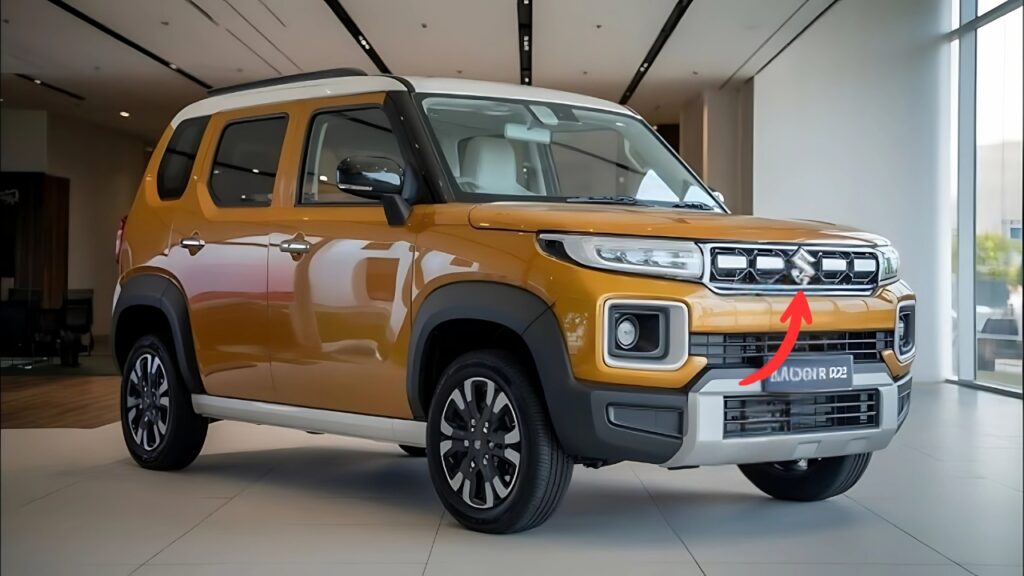Rajdoot 350 : The legendary Rajdoot 350 is set for a glorious comeback on Indian roads in a piece of news that has set the Indian motorcycle community abuzz.
It was one of the great nicknames of its time; when it was new, this legendary bike commanded great respect and affection among riders across America now its being reborn with a powerful new 350cc powerplant and a slightly altered persona that made it a lifestyle thing in America.
The revival is more than just another retro-themed offering in an increasingly competitive segment though—it reconnects a generation of enthusiasts with their motorcycling roots and presents the storied nameplate to younger riders who’ve only heard of the Rajdoot through tales and vintage photographs.
Table of Contents
Rajdoot 350 A Legacy Reinvented by Modern Engineering

The original Rajdoot was actually based on a model called the Cezeta, and it was produced by Escorts Group under a license from Czechoslovakian company Jawa — but it carved a unique identity all of its own thanks to its character, reliability, and ability to thrive in Indian conditions.
Assuredly, the new bike aims to capture that spirit but with the incorporation of modern engineering advancements that today’s riders demand.
At the core of the revived Rajdoot 350, you’ll find a brand-new air/oil-cooled single-cylinder engine that puts out a claimed 23 bhp and 28 Nm of torque, which certainly hold their own in the 350cc space of today.
While this powerplant boasts thoroughly modern construction, its tuning has been orientated to deliver the torque-focused performance that defined the original Rajdoot and set it apart from its more conventional rivals.
“Engineering this engine was about balancing respect for the character of our historical substrate with meeting the needs and expectations of more modern consumers,” said a senior powertrain engineer who spoke with us on the project.
“We examined the torque delivery of the original motorcycle, and replicated that unique pull while also meeting modern specifications for reliability and emissions.”
Unlike many retro-inspired motorcycles that simply borrow vintage visual cues against modern-day underpinnings, the new Rajdoot incorporates several mechanical components uniquely tuned for original-era rideability.
The frame geometry is a near copy of the original spec, although built from modern metallurgy that cuts weight while improving torsional rigidity. It also retains that rock solid stability which made the old Rajdoot such a beloved long-distance tourer, but adds agility for today’s traffic.
The transmission system features a new 5-speed layout with ratios designed to replicate the original bike’s tractable, relaxed bike-to-bike step-through.
This careful balance results in all the modern highway cruiser goods but preserves the user-friendly character that made the original approachable to riders of all skill ranges.
Rajdoot 350 Design Intent: True Heritage with Measured Modernization
The new Rajdoot’s visual design shows great restraint in an era when many retro motorcycles lean heavily into nostalgia.
The shape will instantly remind you of the old model but contains ceratin details that make it better-looking and more useful at the same time.
The unique shape of the fuel tank — arguably the most recognizable element of the original design — makes a return with nearly identical proportions, but fabricated using modern deep-drawing techniques that eliminate the seam lines present on the original.
Chrome components abound in places where the original motorcycle had this treatment, such as the headlight surround, exhaust system, and some engine covers.
But the new manufacturing processes provide better corrosion resistance and surface finish over original product in many weather conditions that strategy fails in Indian terroir.
The lighting system is representative of a balanced approach to modernization. The new unit retains the classic circular headlamp profile but now uses LED technology which offers significantly better illumination, a crucial safety consideration.
Comparable to the rest of the cabin, the instrument cluster maintains a vintage analog speedometer in the center but offers digital displays for other crucial details like fuel level, gear position, or maintenance warnings.
“The design brief expressly forbade unnecessary modern touches that might threaten authenticity,” a design team member said.
“Every change needed to be justified from a functional point of view, not just for looking modern.” This discipline kept the soul of the motorcycle intact, but acknowledged we’re building a motorcycle for today’s roads, not a museum.”
Seating ergonomics received specific consideration to develop a familiar bench seat silhouette that benefits from advances in foam density and support structures, making life easier for both the rider and the passenger.
Seat height is more accessible at 800mm, keeping things approachable which is what made the original so popular among different rider demographic.
Rajdoot 350 Performance: Heritage Feel with Modern Ability
A track-test of pre-production bikes shows a motorcycle that manages to offer the spirit of the original Rajdoot, combined with performance numbers that befit cars of today.
The engine possesses the low-rpm tractable power delivery that made the first-gen so liked, but it pushes on with more authority through mid-range revs — a limitation of that (very good) original powerplant that left it feeling breathless in highway overtaking situations.
With 0-60 km/h times of around 4.2 seconds in acceleration tests, and the quarter-mile taking 16.5 seconds, these figures help it stack favorably with modern competitors of the era.
The characteristics of the power delivery is drastic, focusing more on ease of use and predictability than on raw performance numbers, resulting in a motorcycle that feels familiar and confidence-inspiring right out of the box, which is all-important for the target demographic.
The chassis dynamics show similar foresight in balancing heritage and capability. The steering geometry imparts the planted stability reminiscent of the original, especially felt during high-speed sweeping corners, where the motorcycle tracks with reassuring predictability.
But the lighter weight and better population of mass produce impressively improved low-speed handling, especially in urban environments — another aspect of performance in which the original left room for improvement, and could have been a bit ponderous in tight quarters.
The braking performance is arguably the biggest change from the stock specs, with discs at both ends delivering stopping power on par with modern safety standards.
Dual-channel ABS tailored to the bike’s weight distribution and tire characteristics makes it the new layer of protection under your riding gear without feeling intrusive—and progressive enough that seasoned left-handers can still dial up the brake pressure when required.
Rajdoot 350 Market Positioning and Target Audience
Conveniently, the reintroduced Rajdoot 350 sits in a carefully considered position within the growing clutter of retro motorcycles.
Instead of going head to head against established players like Royal Enfield in their comfort zone, the Rajdoot goes after a slightly different niche demographic of riders, the ones in the market for a more accessible, less intimidating retro experience focused on riding enjoyment rather than mechanical machismo.
Market research undertaken during the development process revealed strong interest from three clearly-defined customer segments: Original Rajdoot owners looking to revisit the motorcycling heritage, younger riders attracted to proper vintage design but needing modern reliability and people simply wanting practical transportation who wanted a distinctive character and identity beyond bland and generic current designs.
Thanks to its pricing strategy, the model probably slots competitively in the 350cc segment with an expected ex-showroom price in the ₹1.75-1.90 lakh range based on variant and region.
The pricing reflects the premium positioning of the motorcycle while providing appeal to the middle-class customers, who were the backbone of the original Rajdoot’s success.
Plans for distribution include around 150 dealerships across the country during the initial launch phase, with particular focus on regions where original Rajdoot was most popularly consumed.
These dealers will dedicate a heritage section to the model, casually explaining the history of the bike and the best way to describe it to younger buyers while also offering a nostalgic experience to those who remember the original.
Rajdoot 350 Production Strategy and Availability Date
It will be built at a recently-refurbished factory purpose-designed for this model, with an initial production capacity of around 6,000 units a year. Preferring precision over volume, this tempered strategy also serves as a maturation point for the brand since the Rajdoot’s allure lives in craftsmanship and detail, not in the type of mass-market ubiquity.
One of its interesting points is a diversified component sourcing including around 85 percent of parts manufactured in India itself (including a full engine and frame assembly), striking up a balance between domestic and international suppliers. Parts needing specialized manufacturing are procured from international partners mainly electronic systems and some precision parts.
If production continues on this set schedule, they will formally launch in just over four months, with the first customer vehicles trickling out of the factory soon after.
The intentional gradual ramp-up of production allows the company to work at full capacity in under eight months should the demand from the market be there, and it can be scaled as needed.
Colorway options will range from the iconic maroon that most strongly associates with original Rajdoot heritage to midnight black, forest green, and royal blue alternatives. Each individual hue gets its own model-appropriate graphics and badging inspired by historical design features without being an exact duplicate.
Rajdoot 350 Endnote: Respecting Our Legacy While Looking Ahead
The resurrection of the Rajdoot 350 is more than just another entry in India’s ever-growing retro motorcycle segment. This was a tastefully ambitious balancing act, recognizing the legacy of our automotive past, while having an awareness of the rightful demands of today’s riders.
So, rather than jettisoning everything that made the old one so special and just copying its fashion, jalopy is deliberately tuned into an actual continuation of that tradition — or at least what it should have been — and not just a nostalgic exercise.
For those who grew up with the original Rajdoot as a part of India’s motorcycling fabric, this revival presents a chance to revisit formative riding experiences with a bike that retains the character of the original but eliminates the practical compromises vintage ownership entails.
For newer riders, it opens the door to a deep-rooted tradition of motorcycling across generations of roads and experiences.
With sole reception until late 2023, anticipation continues to grow within the bike community across the country to get behind the handlebars of this meticulously created fusion of nostalgia and modern-day architecture — one that compliments all it embodies while wedging itself into the future of Indian biking.
